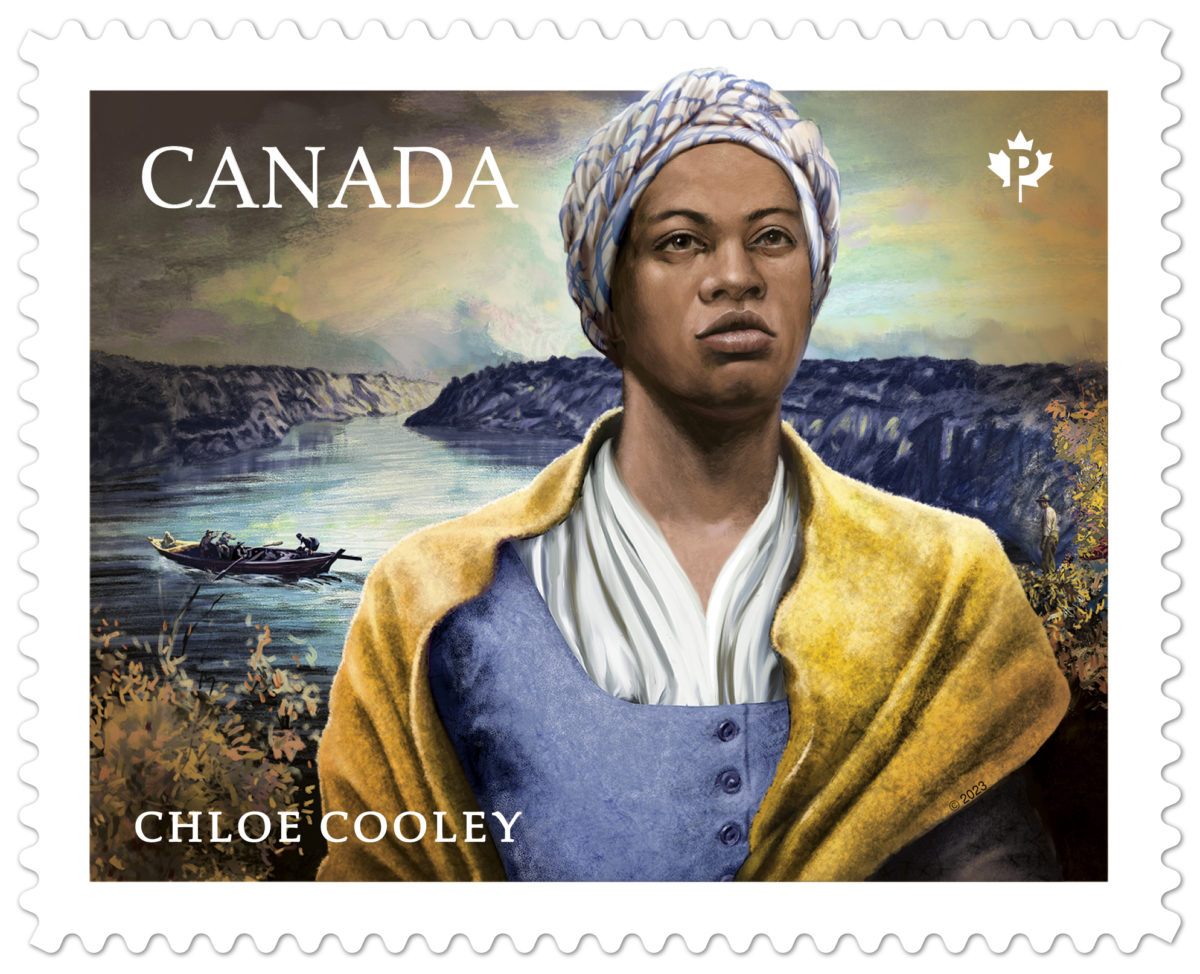Most Americans may not be familiar with the story of Chloe Cooley, but in Canada she is recognized as being a figure whose act of resistance helped to speed the end of slavery in that country.

Cooley was a young, Black enslaved woman who lived in Queenston, Upper Canada, in the late 18th century. When rumors began to percolate that slavery would be outlawed in the region, Cooley”™s enslaver Sgt. Adam Vrooman and two men abducted her on the evening of March 14, 1793, and tried to bring her into a boat on the Niagara River, with the goal of taking her to New York State where she would be sold to another enslaver. But Cooley fought back with all of her strength, and her screams for help attracted attention from passersby.
Tragically, Cooley was overpowered and transported across the river ”“ her fate is unknown. But the story of her abduction spread and reached the office of Lieutenant-Governor John Graves, who introduced the Act to Limit Slavery in Upper Canada, which became law four months after Cooley was kidnapped. Slavery would be officially abolished in Canada in 1833 and the nation became a refuge for at least 30,000 Black Americans seeking freedom from enslavement.
Canada Post has issued a commemorative stamp honoring Cooley, noting that her actions “had a profound impact on the history of enslavement in Canada.” Since no known image of Cooley was captured during her lifetime, Canada Post noted that the stamp”™s “illustration was painstakingly created through extensive consultation with experts in local and regional history, Black history and period fashion, as well as through the use of archival maps, paintings, illustrations and other documents.”




















